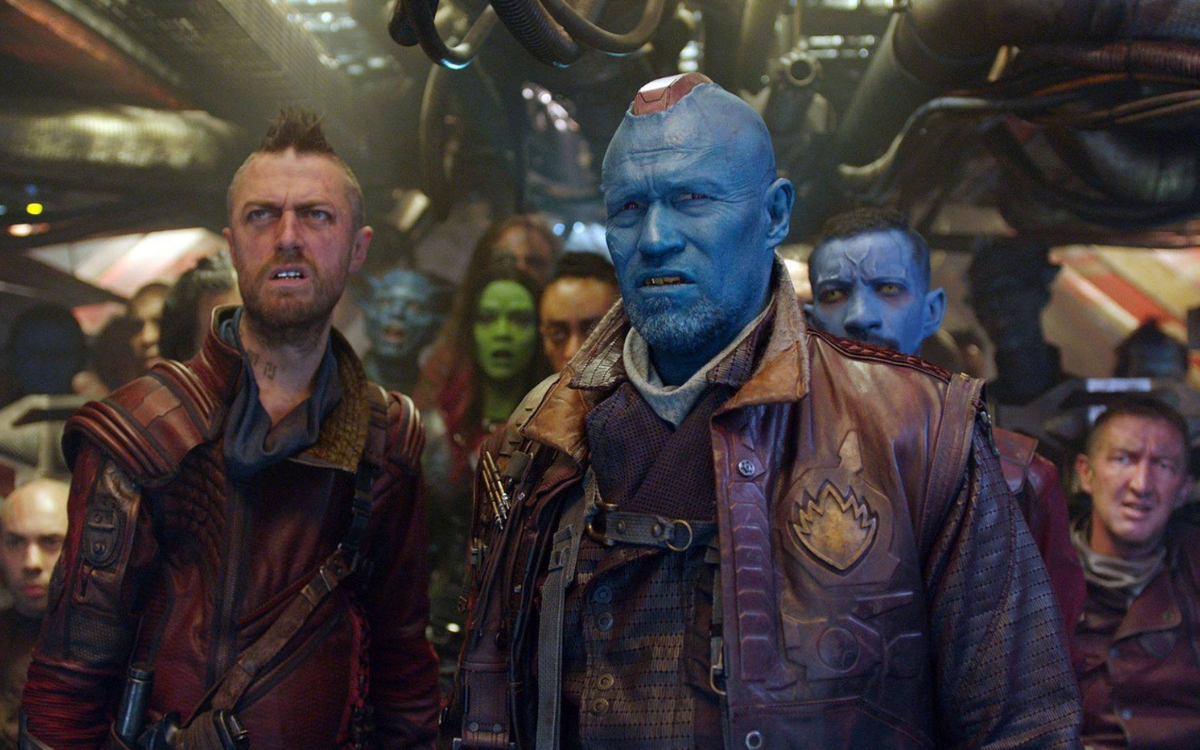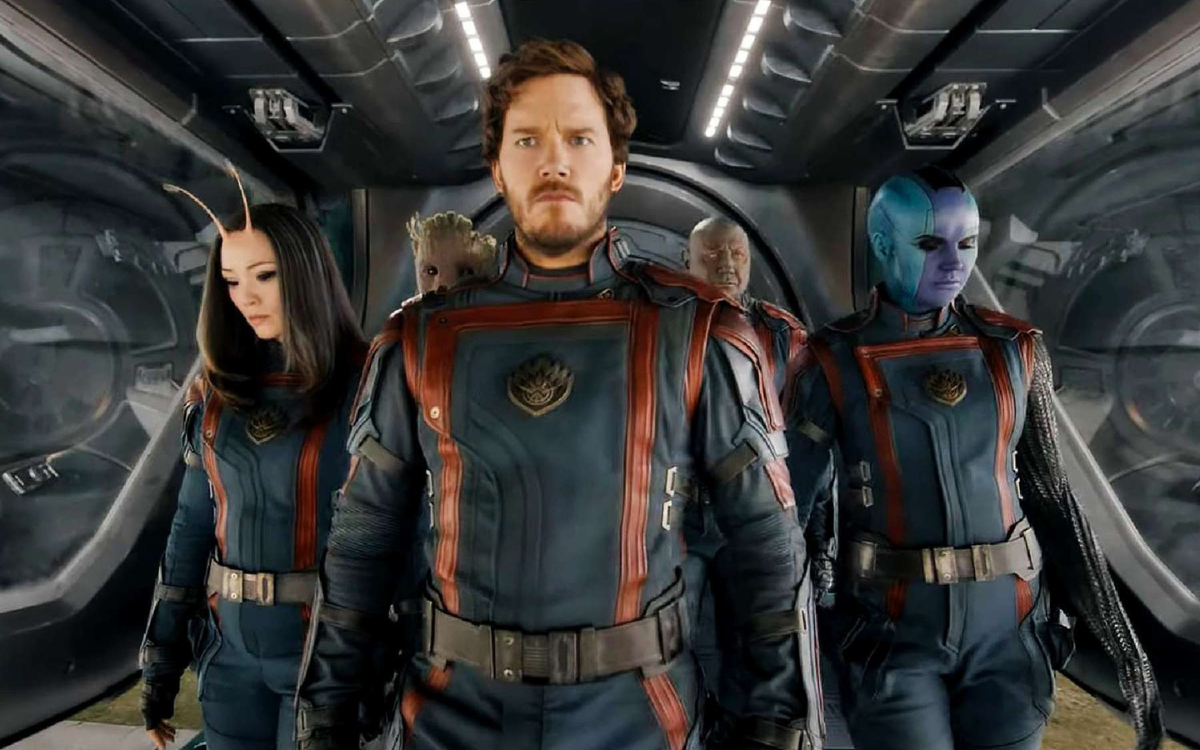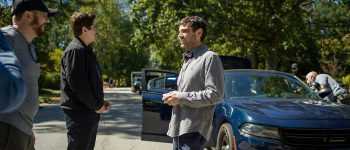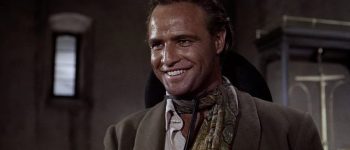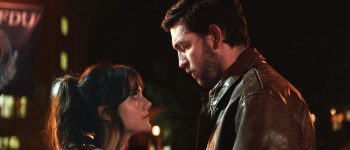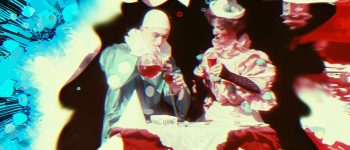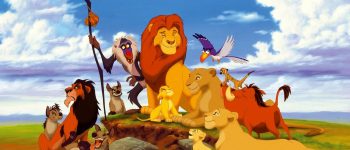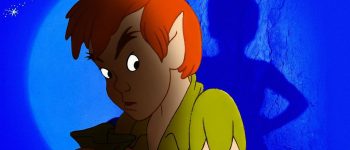It’s no surprise that Guardians of the Galaxy Vol. 3 is set to become the longest installment in James Gunn’s trilogy, as the director is pulling out all the stops for his grand farewell to Marvel Studios. As teased in the trailer for Guardians of the Galaxy Vol. 3, this third chapter will delve deep into the final mission of our beloved team of Guardians, which inevitably hints at heavy casualties and potentially some emotional retirements. But that’s not all, Guardians of the Galaxy Vol. 3 is introducing exciting new additions to the mix, with Will Poulter taking on the role of Adam Warlock, Maria Bakalova lending her voice to Cosmo the Space Dog, and Chukwudi Iwuji stepping into the shoes of the menacing High Evolutionary. And as if that weren’t enough, the film also welcomes back the Ravagers, with Sylvester Stallone reprising his role as Stakar Ogord. But who exactly are the Ravagers, and why is Stallone’s character such a significant part of the story?
- The Pirate Movie That Bankrupted Its Production Company Before It Even Hit Theaters
- TIFF 2023: The Movies We're Looking Forward to Most
- In ‘Star Wars’ Rey Was Originally Related to This Iconic Jedi
- Michael Mann’s Underrated ‘Blackhat’ Was Ahead of Its Time
- The Most Ludicrously Ambitious Superhero Movie Post-Credit Scene Isn’t in the MCU
Who Are the Ravagers in the MCU?
Led by the charismatic Yondu Udonta, portrayed by Michael Rooker, the Ravagers were notorious for their penchant for stealing valuable items, smuggling illegal cargo, and engaging in all sorts of shady dealings that could line their pockets with some hard-earned credits. In a rather peculiar turn of events, the first Guardians of the Galaxy movie revealed that the Ravagers had actually abducted a young Peter Quill, played by Chris Pratt, on behalf of an unknown third party. However, Yondu’s fondness for the Terran child led him to raise Peter as one of his own. Surprisingly, despite their criminal tendencies, the Ravagers adhered to a strict code of honor, which became evident when they came to the aid of Xandar when the planet was under attack by Ronan the Accuser, played by Lee Pace, in the climax of the first film.
Then came 2017’s Guardians of the Galaxy Vol. 2, which significantly expanded upon the lore of the Ravagers. This installment unveiled the intricate structure of the Ravagers, revealing them to be a vast criminal syndicate with a whopping one hundred different factions, each led by its own captain. Yondu helmed one such faction, but his life took a dramatic turn when he was cast out of the syndicate for his involvement in trafficking children to Ego, portrayed by Kurt Russell, a celestial with sinister intentions. Even for the Ravagers, who were accustomed to a life of crime, this act was a step too far, contradicting their code of conduct. Consequently, Stakar, the leader of the primary Ravagers faction, expelled Yondu.
see more : The Most Underrated Rom-Com Couple Isn’t the Leading Duo of Their Movie
However, Yondu’s story didn’t end there. In a heroic act of sacrifice to save Peter Quill from Ego, Yondu met his end. This honorable death led to an unexpected turn of events as the Ravagers decided to grant him a funeral befitting a true Ravager, and in doing so, Yondu’s legacy was restored within their ranks.
But the Ravagers, led by Stakar, were far from finished. In one of the five post-credit scenes of Guardians of the Galaxy Vol. 2, Stakar gathers other Ravager captains, suggesting that perhaps it’s time to reunite the original band of outlaws and embark on a spacefaring adventure once more. This scene hinted at the Ravagers’ origins, indicating that they were derived from a single group of outlaws, of which Yondu was also a part. As the scene unfolds and we see each of the main captains Stakar is addressing, we come to realize that these MCU’s oldest Ravagers are, in fact, the original Guardians of the Galaxy straight from the pages of Marvel Comics.
The Ravagers Leaders Are the Original Guardians of the Galaxy
However, the history of the Guardians of the Galaxy in comics stretches much further. Their first appearance in Marvel Comics dates all the way back to 1969, and the original team was quite distinct from the one most people are familiar with today. This original incarnation of the Guardians of the Galaxy was set in the year 3000 within an alternate Marvel timeline known as Earth-691. Interestingly, these early Guardians of the Galaxy comic stories were not directly related to the central Marvel Comics continuity, which predominantly occurred on Earth-616. Instead, these comic books served as a platform for Marvel to explore futuristic sci-fi narratives.
In the realm of comic books, Stakar Ogord assumes the role of the leader of the initial Guardians team. However, since James Gunn’s trilogy doesn’t delve into alternate timelines or time travel, he introduced Stakar as the leader of the first Ravagers team. It’s worth noting that each character featured in Stakar’s end credits scene in Guardians of the Galaxy Vol. 2 is a member of the original version of the Guardians in the comic books.
see more : ‘The Twilight Zone’s Rod Serling Has a Surprising Connection to ‘Planet of the Apes’
First in line, we have Michelle Yeoh portraying Aleta. In the comics, Aleta Ogord is the adoptive sister of Stakar and eventually becomes his wife. The two share the powers of a god, which means they can only exist in the material plane one at a time. Of course, the MCU often takes creative liberties, so Aleta’s origins and her relationship with Stakar could undergo significant changes if she were to become a prominent character in the future. The scene also introduces Ving Rhames as Charlie-27. Hailing from Jupiter, Charlie-27 is a genetically engineered human soldier, designed to endure the planet’s immense gravity. In addition to his super strength and superhuman endurance, Charlie-27 is a formidable military combatant.
The end credits scene also introduces the MCU’s interpretation of Krugarr, a CGI-created alien from the planet Lem. In the comics, Krugarr is a former apprentice of Doctor Strange who eventually ascends to the position of Sorcerer Supreme. Another peculiar character making an appearance in the end credits scene is Mainframe, voiced by Miley Cyrus. In the comic books, Mainframe is a futuristic iteration of the Vision, who has transformed into a computer program and no longer requires a physical body. Finally, the scene showcases Michael Rosenbaum as Martinex, another genetically engineered human originating from an interplanetary colony, this time on Pluto. The crystalline structures covering Martinex’s body grant him the ability to withstand Pluto’s extreme temperatures and manipulate both heat and cold.
The Ravagers Return for ‘Guardians of the Galaxy Vol. 3’
The Ravagers are making a return appearance in Guardians of the Galaxy Vol. 3, resuming their roles as interstellar pirates. In this installment, they’ve been enlisted by Nebula, played by Karen Gillan, to aid the Guardians in a daring heist on a heavily fortified facility. While the previous film, Vol. 2, hinted at an epic team-up, the Ravagers featured in Vol. 3 don’t include Aleta or Charlie-27. Nonetheless, the rest of the crew is back, with Stakar once again leading the way, Krugarr showcasing his wizardry, and Martinex and Mainframe making their presence felt. However, it’s worth noting that Tara Strong has taken over as the voice of Mainframe, succeeding Miley Cyrus.
In Vol. 3, a variant of Gamora, portrayed by Zoe Saldana, who hails from a different timeline thanks to the events of Avengers: Endgame, has found a home among the Ravagers. This is precisely why Nebula sought out the assistance of these pirates in the first place. So, even though we may not have gotten the full-blown team-up we were hoping for since Vol. 2, the Ravagers continue to roam the cosmos, and there’s nothing preventing them from making a return in future Marvel Studios projects.
Source: https://dominioncinemas.net
Category: MOVIE FEATURES
